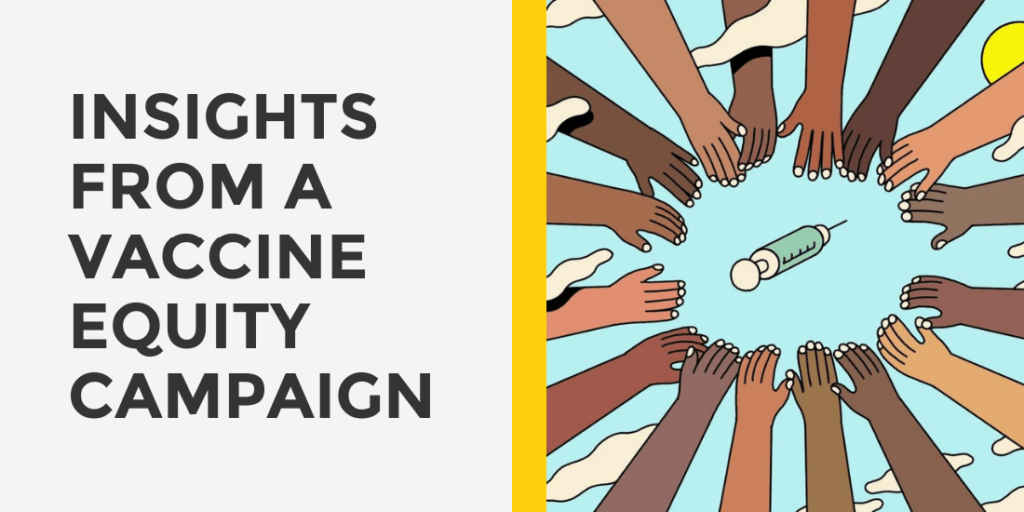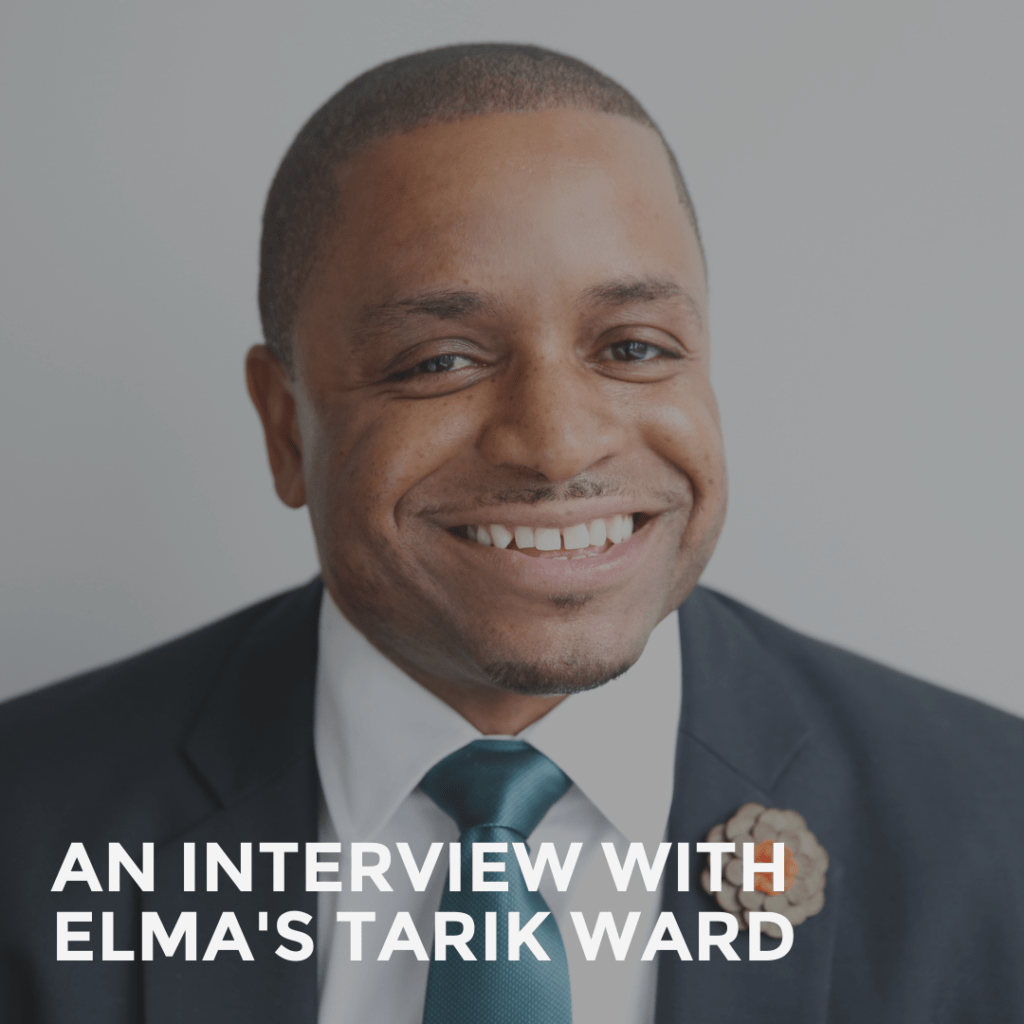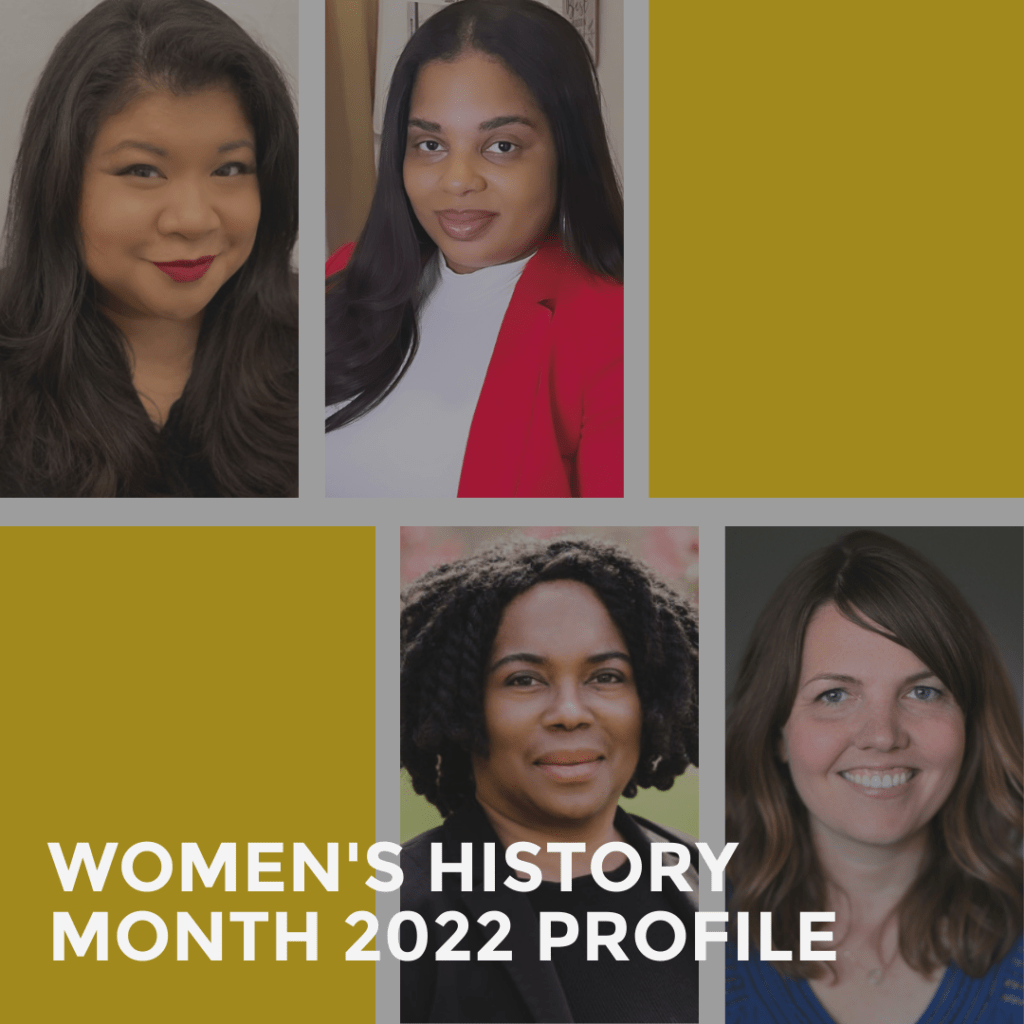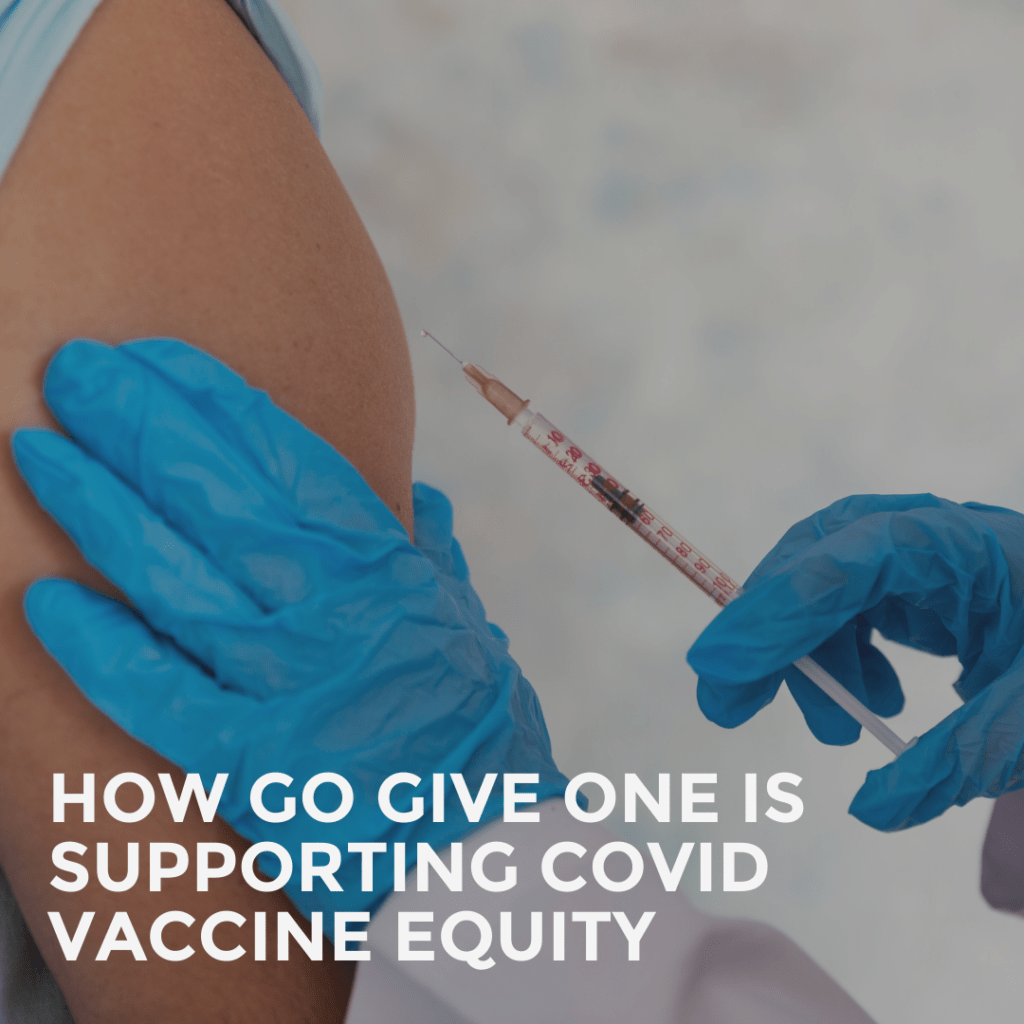Marketers in the philanthropic space know that spearheading a multi-year campaign is a challenge. From adapting to changing situations to dealing with audience burnout, there are many factors to consider. Make the campaign about a global pandemic, and you’ve got your work cut out for you. Alexa MacLean, the Campaign Lead for the WHO Foundation’s vaccine equity campaign can attest to this. We’ve worked closely with her on Go Give One, a campaign to close the gap in COVID-19 vaccine access in low-income countries. As Go Give One approaches its one-year anniversary, we spoke with Alexa about the campaign’s progress, unexpected challenges, and major milestones.
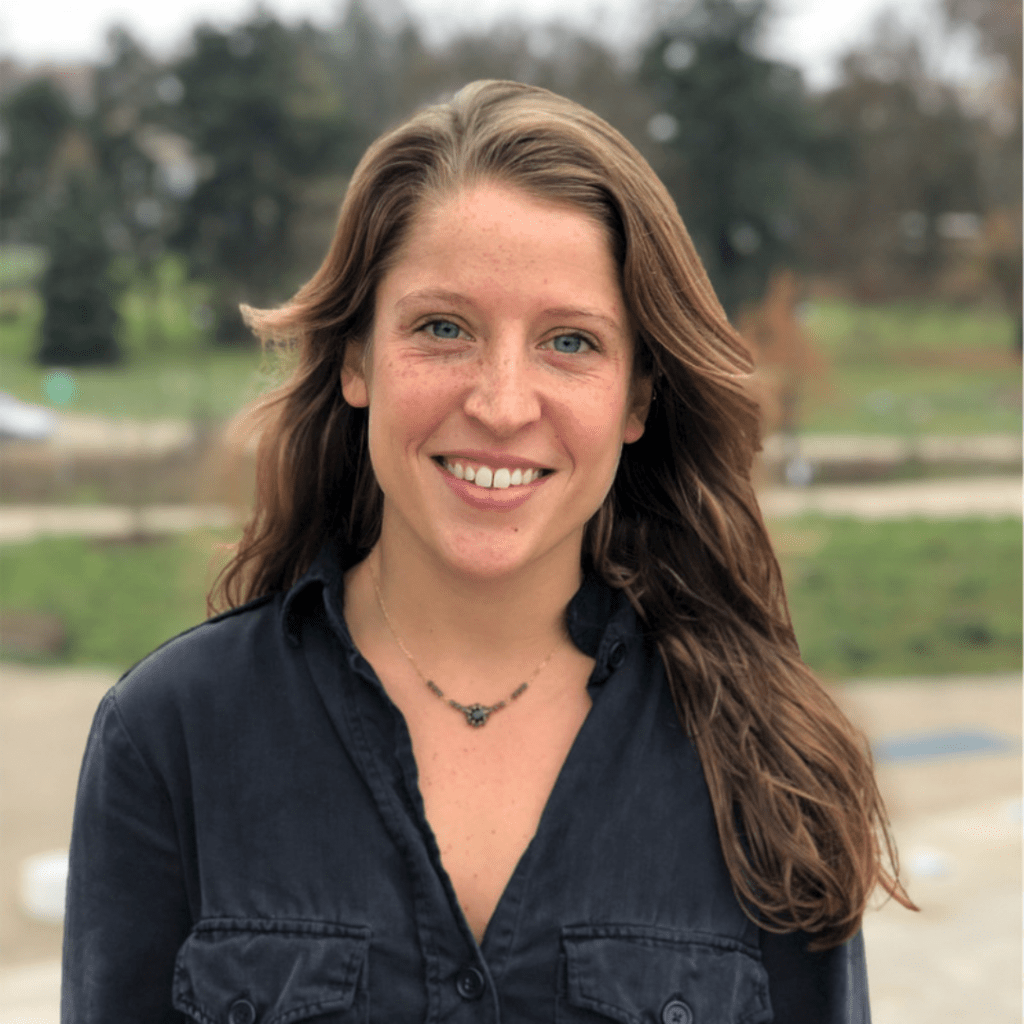
Leading a public health campaign created in response to a life-changing global event must be eye-opening. How has working on Go Give One impacted you?
So much of the early days of the pandemic in March 2020 were about climbing infection rates, devastating economic impacts, and a sense of powerlessness in the face of an unprecedented global health crisis. When the COVID-19 vaccine was developed a year later, I felt hopeful that we were nearing an end to the pandemic.
I was lucky to be a part of the Go Give One project team since its beginnings when it was just an idea to create a way for people everywhere to be able to pitch in and buy a vaccine for someone in need in a country that couldn’t afford its own vaccination program. The creation of COVAX as part of the Access to COVID-19 Tools Accelerator was a tremendous milestone in the COVID-19 response, but also for humanity. It was set up to provide fair and equitable access to vaccines and ensure no one gets left behind in the response.
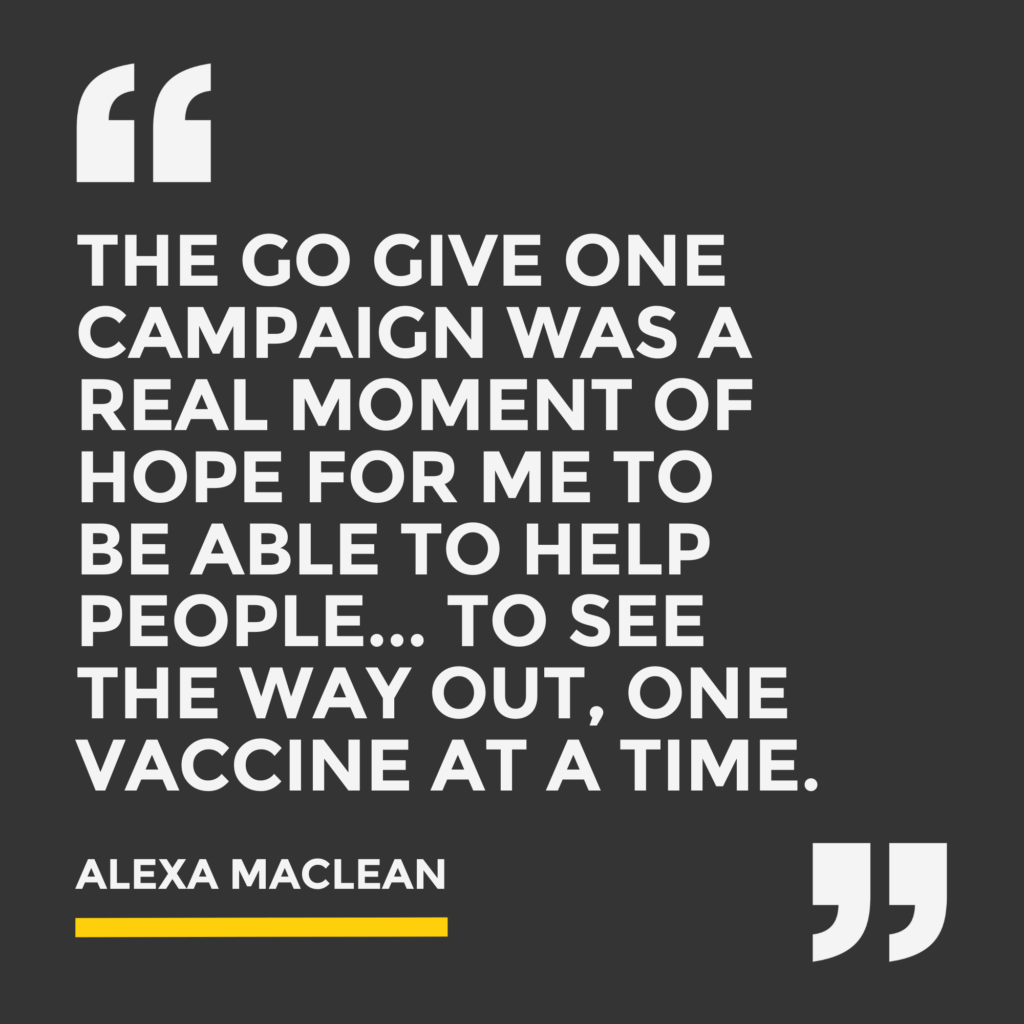
Go Give One centers on a pandemic ravaging American as well as international communities. Did that first-hand experience affect your work on COVID-19 vaccine equity?
COVID-19 was felt in every corner of the world and I think we forget that the response was not as equal. Many countries prior to the pandemic lacked basic health infrastructure and the means to improve it. When the vaccine was developed, many of these countries were left behind in being able to access a COVID-19 vaccine, the same one that I almost took for granted I would receive.
On a personal level, from the get-go, the project felt meaningful to be able to build a pathway for people, like me, to feel a part of a road to recovery out of the pandemic. Working on the Go Give One campaign was a real moment of hope for me to be able to help people, myself included, to see the way out, one vaccine at a time.
How did the ever-changing nature of the pandemic impact the way you approached awareness and fundraising for the Go Give One public health campaign?
Where to begin! When we launched in April 2021, people were very hopeful about the vaccine, distribution mechanisms, and our ability to protect each other. As 2021 unfolded and new variants emerged, people became tired of the ins and outs of lockdowns and, sadly, started to care less. That was hard. And then the resistance to vaccines made people who became apathetic choose not to engage. For Go Give One, that meant people and companies, understandably, started to sideline themselves from the issue and choose to pause on engaging in the conversation about vaccine equity… [And] some just couldn’t even begin the conversation about vaccine equity because they were too busy addressing vaccine hesitancy.
How did you respond to the hesitancy and politicization around COVID-19 vaccinations?
Our approach changed because we had to more proactively show that this campaign wasn’t about politics or whether you believe in vaccines or not, it’s about giving people access to be able to choose to protect themselves. This became and remains a core element of our Go Give One communications.
Nearly two years after the pandemic started, we have seen many restrictions lifted and the conversation about vaccine equity became mainstream, so we are pressing on, driving home the message that, until everyone is safe, the pandemic isn’t really over anywhere.
How do you get people to care about something like vaccine equity when it doesn’t directly affect them?
People today don’t fully understand how low vaccination rates are in some countries and what that means for people who still struggle to protect themselves and their loved ones…I think this education piece is really important to paint that bigger picture and encourage empathy from people who remember the feeling of powerlessness against our situations. I think it’s about bringing it back to this. Drawing the parallels between different realities in a very human way.
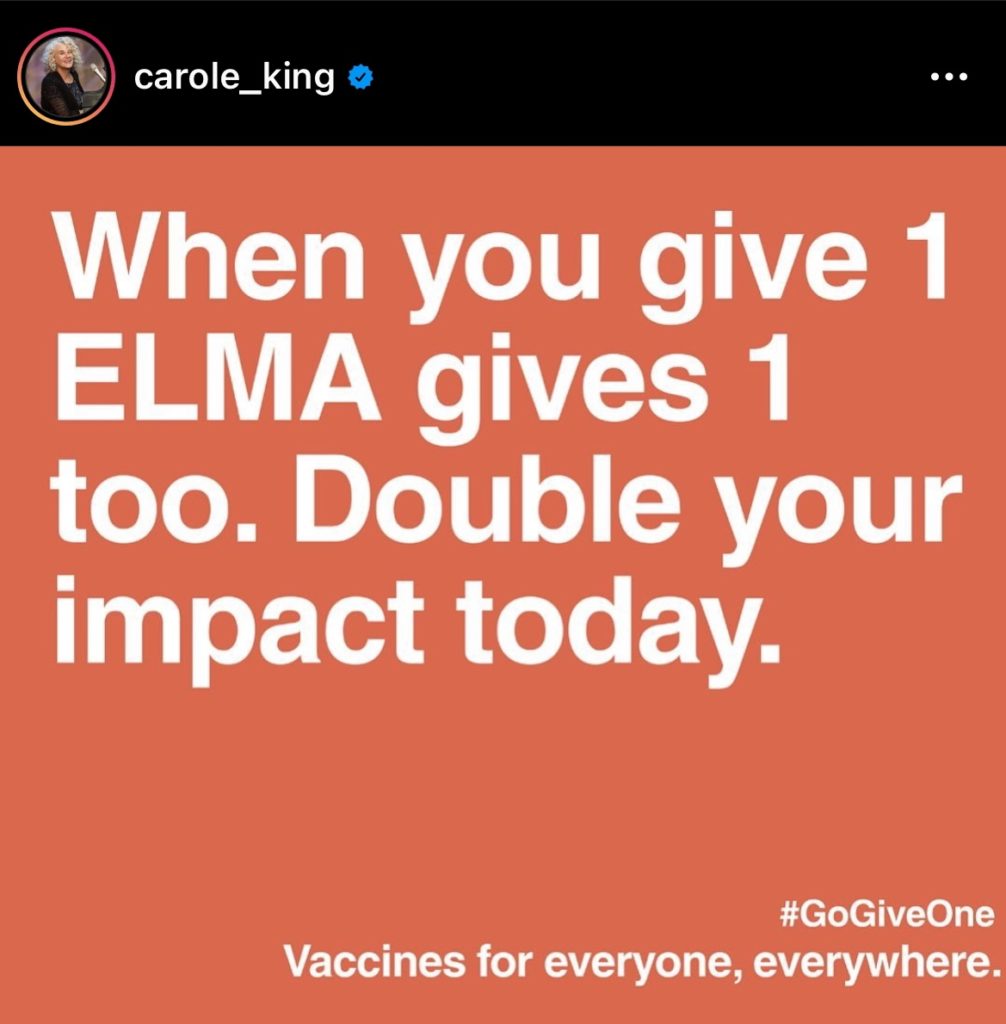
An aspect of our partnership was bringing in public figures to raise awareness about COVID-19 vaccine equity and Go Give One. What’s the value of influencer marketing in the cause space?
Influencers at their core are people with a community who trust them, who engage with them, and who listen to them. Influencers are incredible network builders for campaigns in an age of misinformation and so much noise from all directions. They create safety in their words for people to believe in.
For Go Give One, influencers are important educators but also advocates of the importance of equitable access to vaccines. They are also people who experienced the same pandemic we all did.
The $1 million match partnership with the ELMA Vaccines and Immunization Foundation was a significant milestone. How did working with ELMA have an impact on Go Give One’s trajectory?
ELMA has been an incredibly thoughtful and engaged partner to Go Give One and the WHO Foundation. They were generous in their [fundraising] contribution but also in their time and sharing their networks to raise awareness on the issue of vaccine equity… Their commitment to our shared success made the world of a difference in helping to raise nearly $1.7 million from people around the world to purchase over 500,000 vaccines for people in need in lower-income countries.
The matching element of our partnership gave people an incentive to donate now because their impact would be doubled. It helped to create a feeling that it was important to act immediately, which dramatically boosted the donation numbers.
It seems COVID will be with us for years. How do you deal with pandemic fatigue to ensure Go Give One continues to resonate as an urgent public health campaign?
COVID-19 is heading towards becoming endemic, the fifth coronavirus to establish itself in humans, alongside seasonal coronaviruses that cause relatively mild colds. That scenario depends on us being able to protect enough people globally from existing strains to ensure that the virus does not have the chance to mutate into something more harmful. COVID-19 vaccines are still the most effective way to do that. While we recognize that people are tired of hearing about the pandemic, it is still in our recent enough memory not to want to go back to lockdowns and restrictions so we are trying to speak to people where they are. Remind them that there is a huge equity gap in vaccine access that threatens us all, [and that we have] a clear and direct opportunity to do something about it, now.
Disclaimer: The personal opinions expressed in this article belong to Alexa MacLean and are not those of the WHO Foundation.
To stay up to date on the latest from Entertain Impact, subscribe to receive our emails and follow us on social media.
…
SIMILAR BLOGS:

